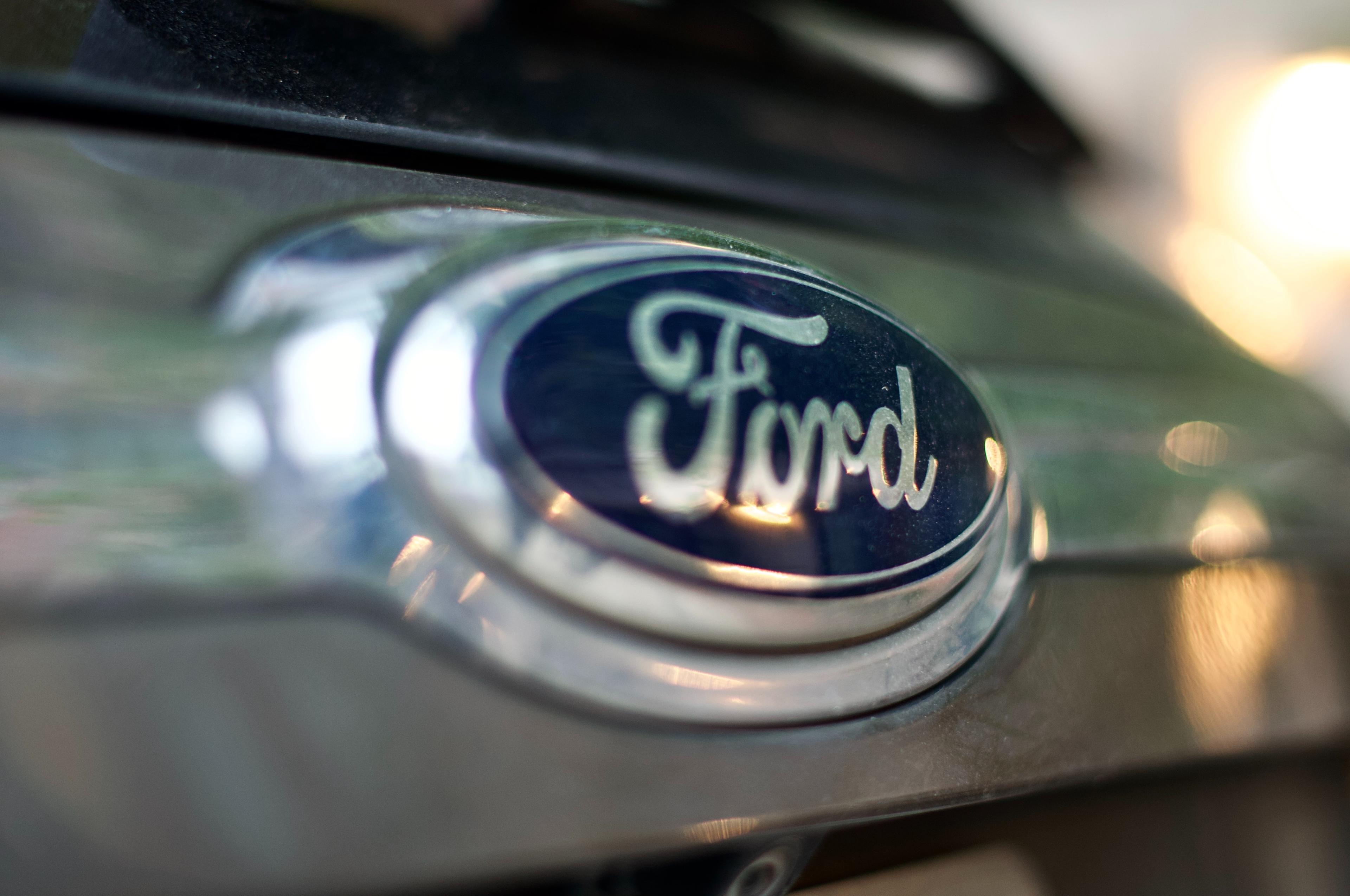Decision
The BoA found that the earlier word mark McDONALD’S had a reputation, in particular, in respect of fast-food restaurant services in Class 43. It also noted that the opponent owned a family of marks in relation to fast-food establishments that was defined by the prefix ‘mc’. It added that that prefix had acquired a high degree of distinctive character through use on the fast-food market when combined with a generic term denoting food. On the basis of the earlier mark’s outstanding reputation, particularly for fast-food restaurant services, and the certain degree of similarity between the marks and the services, the BoA concluded that the unfair advantage taken by the mark applied for of the earlier mark’s repute lay in the fact that the relevant public could be attracted by the mark applied for, which reproduces the structure of the earlier mark and the marks belonging to the intervener’s family of marks, which would lead that public to purchase the services marketed by the applicant. The applicant filed an action with the General Court (GC), relying on two pleas in law: (i) infringement of Article 8(1)(b) EUTMR (plea withdrawn at the oral hearing) and (ii) Article 8(5) EUTMR. The GC dismissed the action. SUBSTANCE: INFRINGMENT OF ARTICLE 8(5) EUTMR The relevant public consists of the public at large in the European Union with an average level of attention (not disputed) (para. 36). SIMILARITY OF THE SIGNS Despite the numerous elements that are specific to the mark applied for there is a low degree of visual similarity between the two marks on account of the presence of the prefix ‘mc’ (paras 45-47, 49 and 54). The signs are phonetically similar to an average degree (not disputed) (para. 60). The element ‘mc’ is perceived by the English-speaking part of the relevant public as the prefix of a Gaelic surname, which might further be identified as meaning ‘son of’, but that that element carried no particular meaning for the rest of the relevant public. Bearing in mind the dominance of the element ‘mc dreams’ in the mark applied for, there is a low degree of conceptual similarity between the marks (not disputed) (paras 48, 55 and 61-62). Thus, there is a low degree of overall similarity between the two marks (para. 63). THE OPONENT’S FAMILY OF MARKS The opponent holds a family of marks, linked to the fast-food sector, which share a structure composed of the prefix ‘mc’ followed by the generic name, in English, of a food or a descriptive characteristic of a foodstuff (not disputed) (para. 68). The fact that the prefix ‘mc’ is used in marks other than those held by the opponent does not serve to establish that that prefix is devoid of distinctive character (para. 70). The prefix ‘mc’ has acquired a high degree of distinctiveness through its use on the fast-food market (para. 71). Although the word ‘dreams’ is not the generic name of a foodstuff product or a descriptive characteristic of a foodstuff product, the structure of the element ‘mc dreams’ — as the dominant element in the mark applied for — is, at least in part, similar to that of the opponents’ family of marks, since it includes the prefix ‘mc’ followed by a name in English (para. 74). That common structure, which itself is not decisive for the purposes of determining the existence of a link between the marks, reinforces the likelihood of such a link in the mind of the relevant public (para. 75). THE SIMILARITY OF THE SERVICES The services of providing temporary accommodation in respect of which registration is sought may include services providing food and drink for guests (para. 78). All of the services may therefore coincide in the provider and target the same clientele (para. 79). Moreover, the services could be offered through the same distribution channels to the same public by the same undertakings (para. 80). There is thus, at the very least, a significant degree of closeness between those services (para. 82). THE LINK BETWEEN THE MARKS Having regard to the exceptional nature of the reputation of the earlier mark (not disputed), the average level of attention of the relevant public, the existence of a degree of similarity between the marks and the significant degree of closeness between the services, as well as the existence of a family of marks, the structure of which is reproduced, at least in part, by the mark applied for, the relevant public would establish a link between the marks, even though the opponent did not offer any form of accommodation or hotel services (para. 85). UNFAIR ADVANTAGE TAKEN OF THE REPUTATION OF THE EARLIER MARK The relevant public would associate the mark applied for with the image of reliability, efficiency, low-cost services and, on that account, choose it instead of the services provided by its competitors. The mark applied for would therefore ride on the coat-tails of the earlier mark to benefit from the power of attraction, the reputation and the prestige of that mark. The economic advantage would consist, for the applicant, of exploiting the effort expended by the opponent to establish the reputation and the image of its earlier mark, without paying any compensation in exchange (paras 90 and 98).








